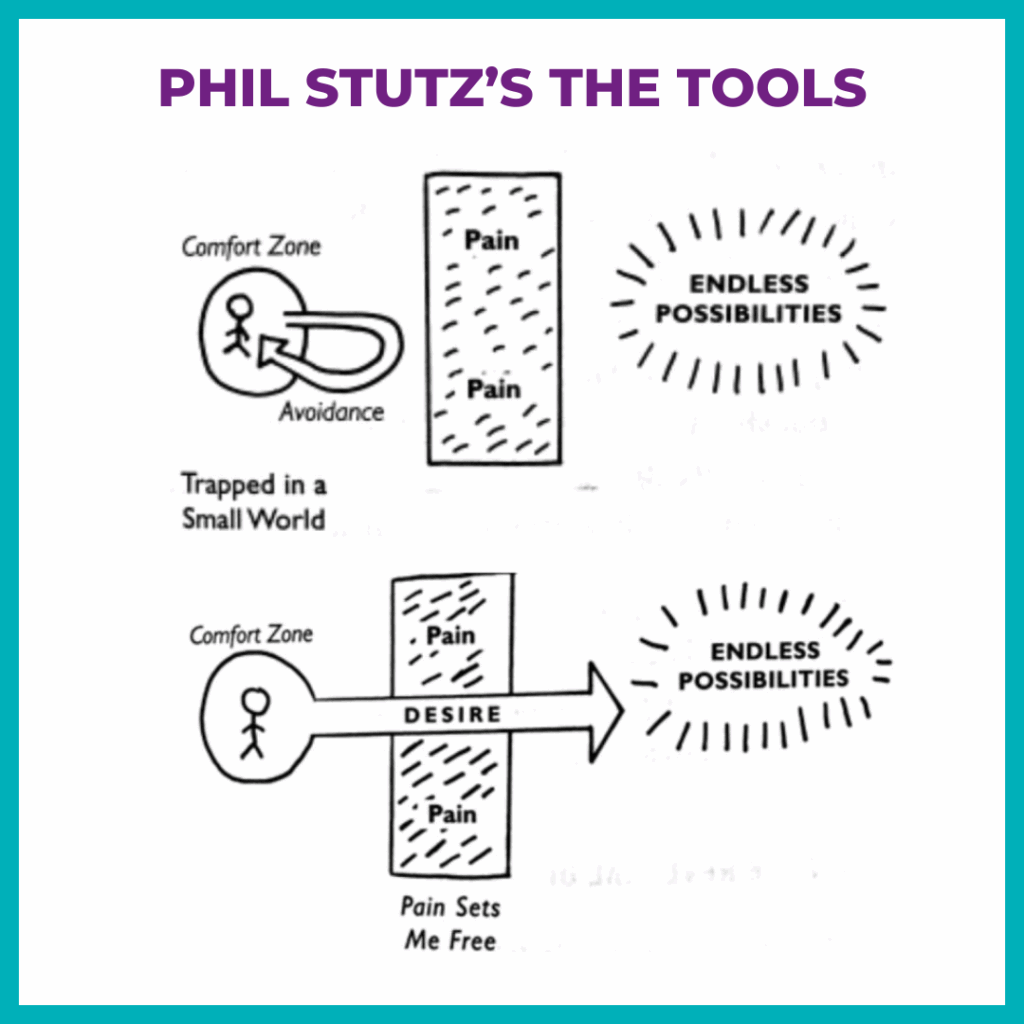Resistance takes many forms.
Last night we had book club where we discussed our journal-writing experience with the Book of Alchemy, which I shared with you earlier this summer. It consists of 100 writers telling short stories followed by a journal prompt. To sum up, many struggled with journal writing.
Resistance.
Last week I spoke at a women’s conference on the topic of leadership and communication in male-dominated fields. As I guided the audience through a visualization, most settled in and closed their eyes but a few bobbed their heads, looking around to see if they were the only ones who kept their eyes open.
Resistance.
Recently, I felt a tug of dissonance as I was reading a book. What was that about?
Resistance.
Comfort Zones
Resistance comes from discomfort. By definition, humans prefer to live in the comfort zone. Within my comfort zone, I know what to expect and plan accordingly. Except … it’s hard to grow when I’m in the comfort zone. The zone has perimeters I don’t want to cross so I stay safe and even keeled.
The other side of the comfort zone is unknown. It may be good, it may be bad. The truth is, I don’t know what’s there. And humans don’t like uncertainty, as I read recently in a terrific book called The Next Conversation by Jefferson Fisher.
So I stay safe, and small, and don’t venture out. I may not feel entirely happy but I can still feel successful within my comfort zone. For many, that’s enough. If I can ignore the nudge that whispers, “There’s more for you out there,” I can live in my comfort zone.
There are times when it’s good to be in the comfort zone, like when I’ve climbed a mountain and need to rest. In the rhythm of life, I can’t always be climbing. I need refueling, to gather myself for the next challenge.
Moving Forward
The trick is knowing when to venture forth. Ask yourself,
→ Am I playing it safe or do I need to regroup?
Then, tap into how you feel.
Do I feel good right now in my comfort zone? If the answer is yes, you will not be feeling resistance. Rest awhile. Regroup.
Do I feel any negative emotions – fear, overwhelm, blame, anger, frustration, and so on – in my comfort zone? If the answer is yes, you will likely be feeling resistance.
The Tools
Stepping outside your comfort zone will involve discomfort, even pain at times. When that happens, most return to the original point, that is, the comfort zone. Growth starts, faces resistance, and turns back. Recognize that this is normal and not to be judged.
What’s more helpful is sharing what lies past the pain point, which is your goal. Call it the dream or vision, it’s what pulls you through the pain to get you to the other side.
Phil Stutz calls it The Tools. Below is Stutz’s visual of the process I described.

Most people see resistance as a sign to stop. Alternatively, they see it as necessary to push through to get to the other side.
Which feels better, pushing or pulling?
Pulling of course.
That’s what The Tools does for you. It lets you see that resistance is less about fighting and more about igniting.
I use The Tools regularly in my work as a coach and in leadership development. It normalizes the experience of resistance and doesn’t allow it to keep you from growing.
Riding the River
Navigating resistance is like riding the river. Resistance happens when I stop going with the flow – when I grab a branch or rock or when I stand up in the water. Instead, let yourself move with and through the water, trusting that you’ll get where you need to go. Click here for my River Visualization to get you started.
Use resistance to define what you want – your goal – instead of maintaining what you have.

